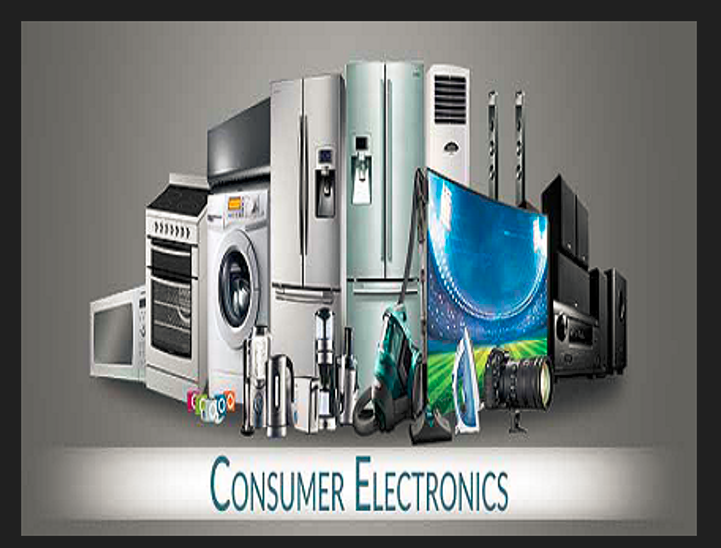Consumer electronics are a category of electronic devices primarily designed for personal use by consumers, rather than for industrial or professional purposes. They are characterized by their user-friendly design, ease of operation, and direct functionality for enhancing entertainment, communication, and everyday life. Within the broader electronics industry, consumer electronics play a central role and have specific features that define them:
1. End-User Focus
- Consumer electronics are designed for individual consumers rather than businesses or industrial settings. The products cater to everyday needs, from entertainment and communication to home automation and health monitoring.
2. Functionality and Purpose
- These devices typically serve specific personal needs such as entertainment (e.g., televisions, music players), communication (e.g., smartphones, tablets), or home convenience (e.g., smart thermostats, home appliances). They simplify and enhance daily tasks, often blending functionality with convenience.
3. Mass Market Appeal
- Consumer electronics are intended for a broad, mass-market audience, making them widely accessible and affordable. They are produced in large quantities to meet the needs of a wide range of consumers across different age groups, lifestyles, and demographics.
4. Portability
- Many consumer electronics are designed for portability and ease of use. This includes products like smartphones, laptops, wearables (e.g., smartwatches), and wireless headphones that people can carry with them throughout their daily lives.
5. User-Friendly Design
- These devices prioritize ease of use, with intuitive interfaces and simple controls. Consumer electronics often incorporate touchscreens, voice control, or gesture-based inputs to ensure accessibility for a wide range of users, regardless of technical expertise.
6. Connectivity and Integration
- A significant aspect of modern consumer electronics is their ability to connect to other devices and systems. Examples include smartphones syncing with smart home devices, wearables integrating with health apps, or gaming consoles connecting to online services. The rise of the Internet of Things (IoT) is a key driver in making consumer electronics more interconnected and part of broader digital ecosystems.
7. Entertainment and Media Consumption
- A large portion of consumer electronics is used for entertainment purposes, such as televisions, music players, gaming consoles, streaming devices, and virtual reality systems. These devices enable users to access content such as movies, music, games, and social media.
8. Home Automation and Smart Devices
- The increasing popularity of smart home devices is a defining feature of modern consumer electronics. This includes smart speakers, smart lighting, security cameras, and smart refrigerators that can be controlled remotely and offer enhanced convenience and energy efficiency.
9. Consumer Accessibility
- These products are designed to be affordable and widely available. They are sold through various retail channels, including online stores, electronics shops, and department stores, making them easily accessible to a wide range of consumers.
10. Innovation and Upgrades
- Consumer electronics are subject to rapid technological advancements, often with new models released annually or even more frequently. This leads to a cycle of innovation and upgrades, where consumers frequently replace their devices to access the latest features or improved performance.
Consumer electronics are products designed to improve or simplify daily life, enhance entertainment, and provide connectivity and communication solutions. They are a key segment within the electronics industry, characterized by their widespread appeal, ease of use, and rapid technological advancements. These devices cater to personal needs and are integral to the modern digital lifestyle.














